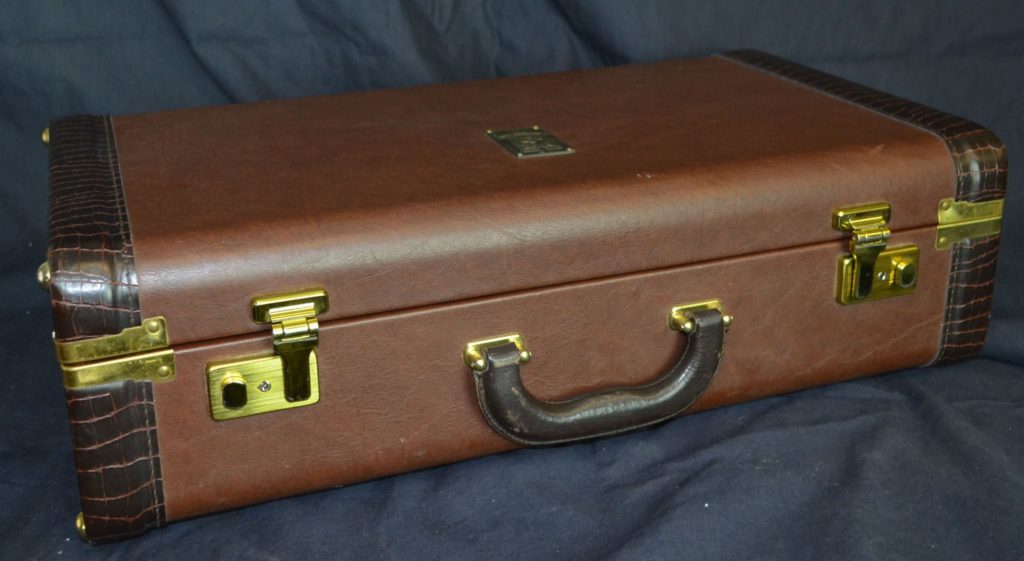
Alesis Io26 Troubleshooting Mac OS X
Alesis io 26 mac treiber how to format wd my.Jim I would be interested to know what your experience has been with interfaces like the Focusrite Saffire Pro range and M-Audio's firewire range.At this point, because of the drivers, I don't recommend the Alesis IO26. I would always have the firewire light disconnecting after a few minutes or seconds, having to keep reconnecting the firewire cord.Bugs & Fixes: Troubleshooting Installing Mac OS X Lion Macworld java update for mac mountain lion. I even had the Alesis recommended PCI firewire adapter. I went through all the horror stories of installing, and reinstalling drivers, trying different things to make the Alesis io26 work on my windows 7 64 bit PC.
Recent Alesis iO 26 Sound Card questions, problems. Alesis iO 26 Sound Card Owners Manuals, User Guides, Instructional Help Documents & Operating Information. Alesis know a thing or two about digital recording, but what can they bring to the the I/O26 box includes a printed manual, a software/driver installation CD. Try to set a system restore point before installing a device driver.I find it interesting that these manufacturers are moving to DICE II after previously using Bridgeco chips and the reports that I've heard suggest that the DICE II models are more stable.ALESIS IO26 MANUAL PDF. Firmware v1.6 It is highly recommended to always use the most recent driver version available. Very sloppy implementation with non-asio programs (winamp, windows media player, etc.) and the direct monitoring program uses a shedload of CPU - not acceptable for professional recording.Updated by Alesis Alesis iO14 & iO26 Windows Driver/Application Pack v3.
Alesis Io26 Troubleshooting Series Including The
Which could cause some unwanted hum/etc.This turned me off to M-Audio Firewire units.The Saffire Pro range appears to be stable. Alesis io 26 troubleshooting, alesis m eq 230 schematic electronic, alesis 24, how to use alesis 1622 mixer guitar to mixer to amp.The M-Audio units were also poorly grounded. Same for that whole series including the Project Mix I/O.Alesis spare parts. Ie: At a 64-sample ASIO buffer size/44.1k, the FW1814 yields a total round-trip latency of nearly 12ms. Due to a large hidden safety buffer. BUT (and it's a big one), their round-trip latency is extremely high.
Ie: At a 64-sample ASIO buffer size/44.1k, the FW1814 yields a total round-trip latency of nearly 12ms. Due to a large hidden safety buffer. BUT (and it's a big one), their round-trip latency is extremely high. Then higher round-trip latency might not matter to you.If you do plan to play/monitor in realtime thru software EFX, then having the lowest possible round-trip latency is absolutely critical.Jim FW1814 and the other units from that series are stable. But for my money, it's either MOTU or RME.If you're not wanting to track/monitor thru software EFX in realtime (ie: playing/monitoring in realtime thru AmpSim plugins).

And it is definitely true about having a bit more latency than the mk. And an 8-Pre for my mobile rig.Jim run an 828 mk. :)I run a 896HD on my main DAW. Ok for monitoring purposes. And if you've got some prime-time plugs (UAD or latest generation Waves), you've got better sounding DSP than the mkIII units.The mkIII units have decent EQ, the Dynamics are pretty good, the Reverb is.
II customers went with the Black Lion mod. How much of that is hype and how much of that is an inferior product I couldn't tell you, but if you search around the net you find a large number of mk. II clock is pretty widely dissed. I have literally never used the FX on the 828, it's just an interface for me, so obviously trading latency for effects processing is not the direction I would be looking to go.However, the tradeoff is that the mk.
Factor in rougly 2ms for the converters. :)Round-trip latency is the sum of the following:At a 128-sample ASIO buffer size/44.1k, the ASIO input and output buffers alone would be about 6ms. But those figures are a physical impossibility. Smaller buffer = lower latency (obviously)Are you sure the default buffer size wasn't just set lower?BTW, I always found the Edirol drivers to be rock-solid.Jim get 4.3ms/4.1ms (in/out) latency at 128 samples recording The unit will go down to 64 samples, however, it is not stable on my system at this level.FWIW, I'm not sure how you measured your round-trip latency. IIIs.Have you tested those on Win 7 Jim? I ask because I just tested an FA-101 unit, which uses a Bridge co chip as far as I'm aware, on a Win 7 rc-1 machine, and the total loopback latency went down by a whooping 3.8ms when compared to the same hardware running on XP sp3.(The divers would be the same as for Vista.)There's a buffer size you can adjust in the Edirol control panel (three sizes).

Why? Because it's often not very flattering. The drivers simply don't report total round-trip latency. Without anything else figured in (no converters, no safety buffer).This is what your audio interface drivers report.Double the buffer size, double the latency.This is consistent for all audio interfaces that use the same size buffers.There's no real discrepancy here. Quickly/easily.Jim those figures are what is reported by the driver itself, which nobody knows, except the programmers themselves, what has been taken into account for calculating and reporting them to the host.And all drivers aren't written the same, as evidenced by the discrepancy one can get between those report and real-life loopback recordings when going from interface to interface and driver to driver.FWIW, A 64-sample ASIO buffer size at 44.1k = 1.5msThat's one way (playback or ASIO output buffer). Then run the CEntrance app.This will tell you the exact round-trip lateny of the unit.
Or someone changes/circumvents the laws of physics, it'll remain that way for a good while.The only way to reduce that figure is to use smaller buffer sizes.Some audio interfaces provide a 32-sample ASIO buffer size.With a fast machine, you can make effective use of this size/setting (especially during tracking - when the CPU load is lighter).The one area where drivers vary radically is the hidden safety buffer.In better units (RME and MOTU for example), the hidden safety buffer is pretty small. Unless there's a major architecture change. That's literally as good as it gets.
:)Hey Jim, thanks for chiming in. But those figures are a physical impossibility. Sounds/plays great.Jim I'm not sure how you measured your round-trip latency. And literally doubles the round-trip latency.With the FW1814, the lowest round-trip latency you can achieve 44.1k) is ~12ms.On a side note, do you still have that Sterling 5 string?I just picked up a Sterling by MusicMan SB14.



 0 kommentar(er)
0 kommentar(er)
